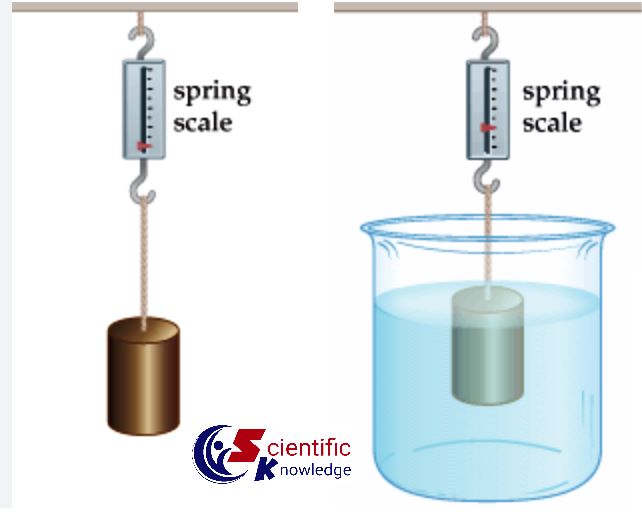
Calculating Density Using a Balance
• Provides a manual method for calculating density using a balance.
• Density is typically expressed in grams per cubic centimeters (g/m3).
• Requires a weighing balance or scale, a graduated beaker or cylindrical, a thermometer, an object to measure density, writing implements, water or other known liquid, and a calculator.
• For floating objects, a glass plunger with known mass, volume, and density can be used.
• The balance should be calibrated and set to grams if it has multiple units.
• The liquid should be added to the beaker and recorded.
• The object should be suspended in the air and weighed in grams.
• The density of the sample can be calculated by dividing the liquid's density by its mass in the air.




